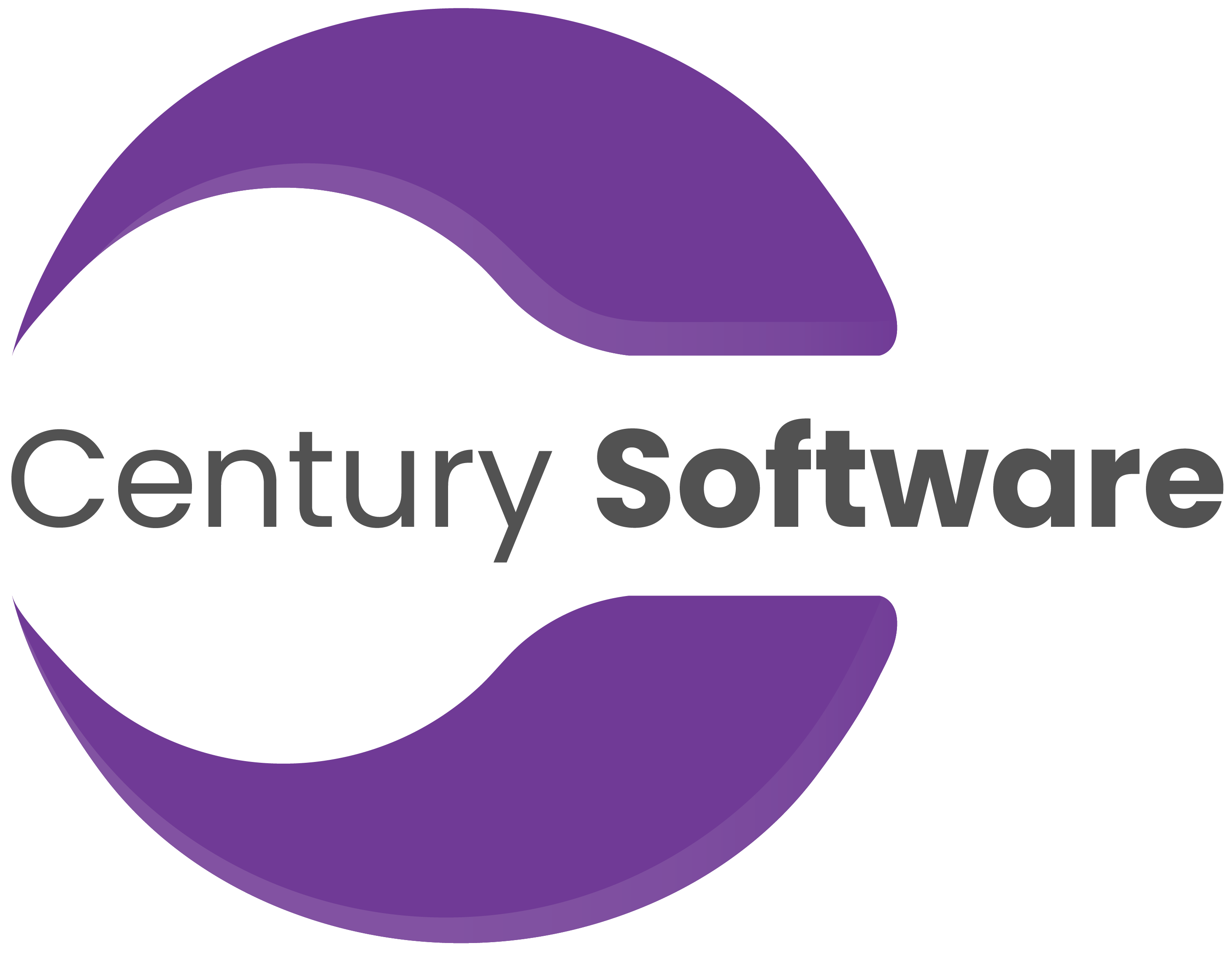The Road to Digital Transformation: How RPA Tools Drive Innovation
In today’s rapidly evolving business landscape, digital transformation has become more than just a buzzword; it’s a critical imperative for organizations seeking to stay competitive and relevant. At the heart of this transformation lies Robotic Process Automation (RPA), a technology that has been revolutionizing the way businesses operate. In this article, we will explore the role of RPA in driving innovation and helping companies navigate the road to digital transformation.
What is RPA?
Robotic Process Automation, or RPA, refers to the use of software robots or “bots” to automate repetitive, rule-based tasks in business processes. As a digital technology, RPA enables digital transformation by mimicking human actions through interactions with digital systems, applications, and data to execute tasks, allowing employees to focus on more value-added activities that drive RPA innovation.
Key Components and Benefits of RPA
RPA comprises several key components, including a user interface (UI) that interacts with applications, a rules engine for decision-making, and a process designer for creating and configuring automation workflows. The benefits of RPA are numerous, including cost savings, increased efficiency, reduced errors, and improved compliance.
How RPA Differs from Traditional Automation
While traditional automation focuses on predefined scripts and fixed rules, RPA is more flexible and adaptable. It can handle tasks that involve decision-making, data extraction, and interactions with multiple systems, making it suitable for a wide range of business processes.
The Need for Digital Transformation
The business landscape is evolving at an unprecedented pace, driven by factors such as globalization, changing consumer expectations, and technological advancements. To stay relevant, organizations must adapt quickly and efficiently to these changes.
Challenges Faced by Businesses Without Digital Transformation
Organizations that fail to embrace digital transformation often find themselves grappling with challenges like operational inefficiencies, rising costs, and a lack of agility. They risk falling behind competitors who have successfully adopted digital technologies to streamline their operations.
The Role of Innovation in Staying Competitive
Innovation is the lifeblood of any business looking to remain competitive. Digital transformation is not merely about automating existing processes; it’s about reimagining and reinventing these processes to create new value for customers and stakeholders.
Streamlining Repetitive Tasks
One of the most fundamental contributions of RPA to innovation is its ability to streamline repetitive and mundane tasks. By automating these tasks, organizations free up their workforce to focus on more creative and strategic activities that drive innovation.
Enhancing Accuracy and Reducing Errors
Human errors can be costly, especially in industries where precision is crucial. RPA ensures a high degree of accuracy by consistently following predefined rules, reducing the risk of costly mistakes.
Improving Scalability and Efficiency
Innovation often requires the ability to scale operations rapidly. RPA allows businesses to scale their automation efforts quickly without the need for significant additional manpower. This scalability enables organizations to respond to changing market dynamics with agility.
Enabling Data-Driven Decision-Making
Innovation thrives on data. RPA not only automates data collection but also facilitates data analysis by providing clean and structured data sets. This empowers organizations to make informed decisions and identify new opportunities for innovation.
Real-World Examples of RPA-Driven Innovation
Case Study 1: Transforming Customer Support with RPA
Imagine a scenario where a customer support team spends a significant portion of their time handling routine inquiries and processing customer requests. RPA can be deployed to automate these tasks, allowing customer support agents to focus on more complex issues and provide personalized assistance to customers. This not only enhances the customer experience but also frees up human resources for strategic initiatives, such as improving the quality of support services.
Case Study 2: Accelerating Financial Reporting and Compliance
Financial institutions are subject to strict regulatory requirements and must generate accurate financial reports regularly. RPA can automate the data collection, validation, and reporting processes, significantly reducing the time and effort required to ensure compliance. This automation not only enhances efficiency but also minimizes the risk of errors in financial reporting, which could lead to costly regulatory penalties.
Case Study 3: RPA in Healthcare - Improving Patient Care
In the healthcare sector, RPA can be a game-changer. By automating administrative tasks such as appointment scheduling, billing, and insurance claims processing, healthcare providers can allocate more time and resources to patient care. This not only improves the patient experience but also allows healthcare professionals to focus on medical research and innovative treatments.

Overcoming Challenges in Implementing RPA for Innovation
Integration with Legacy Systems
One of the challenges organizations face when implementing RPA is integrating it with existing legacy systems. Legacy systems often have complex architectures that may not easily accommodate automation. To overcome this challenge, businesses should invest in RPA solutions that offer robust integration capabilities and develop a clear strategy for transitioning from legacy systems to modernized platforms.
Data Security and Compliance Concerns
With automation comes the responsibility of handling sensitive data. Ensuring data security and compliance with regulations like GDPR or HIPAA is crucial. Organizations must implement robust security measures, including encryption, access controls, and audit trails, to protect data processed by RPA bots.
Change Management and Workforce Skills
Introducing RPA into the workforce may cause anxiety among employees who fear job displacement. Effective change management strategies, including communication and training programs, are essential to ensure that employees see RPA as a tool to enhance their productivity rather than a threat to their jobs. Moreover, organizations should invest in upskilling their workforce to operate and manage RPA effectively.
Best Practices for Successful RPA Implementation
Assessing the Current State
Before implementing RPA, organizations should conduct a thorough assessment of their existing processes to identify areas where automation can add the most value. This assessment should consider factors such as process complexity, volume of transactions, and potential ROI.
Defining Clear Objectives
Clear objectives are crucial for a successful RPA implementation. Organizations should define specific goals and KPIs they aim to achieve through automation. These objectives should align with the broader goals of digital transformation and innovation.
Selecting the Right RPA Tools and Technology
Choosing the right RPA tools and technology is paramount. Organizations should evaluate RPA platforms based on factors such as scalability, ease of use, integration capabilities, and vendor support. A well-informed choice can significantly impact the success of the RPA initiative.
Pilot Testing and Iterative Implementation
Rather than rolling out RPA across the entire organization at once, it’s advisable to start with a pilot project. This allows organizations to test the technology, identify any issues, and make necessary adjustments before scaling up. Iterative implementation ensures continuous improvement and optimization.
Continuous Monitoring and Optimization
RPA is not a one-and-done solution; it requires ongoing monitoring and optimization. Organizations should establish a governance structure to oversee RPA initiatives, track performance metrics, and continuously identify opportunities for improvement.
The Future of RPA and Innovation
Emerging Trends in RPA
The RPA landscape continues to evolve. Emerging trends include the integration of artificial intelligence (AI) and machine learning (ML) capabilities into RPA tools, which enables more intelligent automation and decision-making. Cognitive automation, which combines RPA with natural language processing and data analytics, is also gaining prominence.
RPA's Role in the Era of AI and Machine Learning
As AI and ML technologies advance, RPA will become even more powerful. RPA bots will be capable of performing complex tasks that require cognitive capabilities, such as understanding unstructured data, making predictions, and interacting with humans in natural language.
RPA's Impact on Job Roles and the Workforce
The adoption of RPA may lead to the transformation of job roles rather than widespread job displacement. Employees will increasingly collaborate with RPA bots to automate routine tasks, allowing them to focus on higher-value tasks that require creativity, problem-solving, and emotional intelligence.
Conclusion
In conclusion, Robotic Process Automation plays a pivotal role in driving innovation and propelling organizations along the path of digital transformation. By automating repetitive tasks, enhancing accuracy, improving efficiency, and enabling data-driven decision-making, RPA empowers businesses to innovate and remain competitive in an ever-changing landscape. However, successful implementation requires careful planning, a clear strategy, and a commitment to continuous improvement. As RPA continues to evolve alongside emerging technologies like AI and ML, its role in shaping the future of business innovation cannot be underestimated. Embracing RPA is not just a choice; it’s a necessity for organizations looking to thrive in the digital age.
FAQs
1. How long does it typically take to implement RPA in an organization?
RPA implementation timelines vary based on process complexity and organizational readiness. Simple automation projects can be deployed in 2-4 weeks, while comprehensive RPA transformations typically take 3-6 months. Pilot projects usually launch within 4-8 weeks, allowing organizations to test and refine their approach before full-scale deployment. The key is starting with low-complexity, high-impact processes to demonstrate quick wins.
2. What's the average ROI businesses can expect from RPA implementation?
Most organizations see ROI within 6-12 months of RPA deployment. Industry studies show average cost savings of 25-50% on automated processes, with some organizations achieving up to 200% ROI within the first year. Benefits include reduced operational costs, improved accuracy (up to 99.9%), faster processing times (often 3-5x faster than manual processes), and freed-up employee time for strategic activities.
3. Which business processes are best suited for RPA automation?
Ideal RPA candidates are high-volume, rule-based, repetitive processes with structured data inputs. Prime examples include invoice processing, data entry, report generation, customer onboarding, payroll processing, and regulatory compliance tasks. Avoid processes that require human judgment, handle unstructured data extensively, or change frequently. Look for processes that are time-consuming, error-prone, and follow predictable patterns.
4. How does RPA differ from traditional IT automation solutions?
Unlike traditional automation that requires extensive coding and system integration, RPA works at the user interface level, mimicking human interactions with existing applications. RPA is non-invasive (doesn’t require changes to underlying systems), faster to deploy, and more flexible for business users to configure. Traditional automation typically requires IT involvement and longer development cycles, while RPA can often be implemented by business teams with minimal technical expertise.
5. What are the main security risks of RPA, and how can they be mitigated?
Key RPA security risks include unauthorized access to sensitive data, bot credentials compromise, and potential system vulnerabilities. Mitigation strategies include implementing role-based access controls, encrypting bot credentials in secure vaults, establishing audit trails for all bot activities, regular security assessments, and ensuring compliance with data protection regulations. Organizations should also implement bot governance frameworks and monitor automated processes continuously for anomalies.

